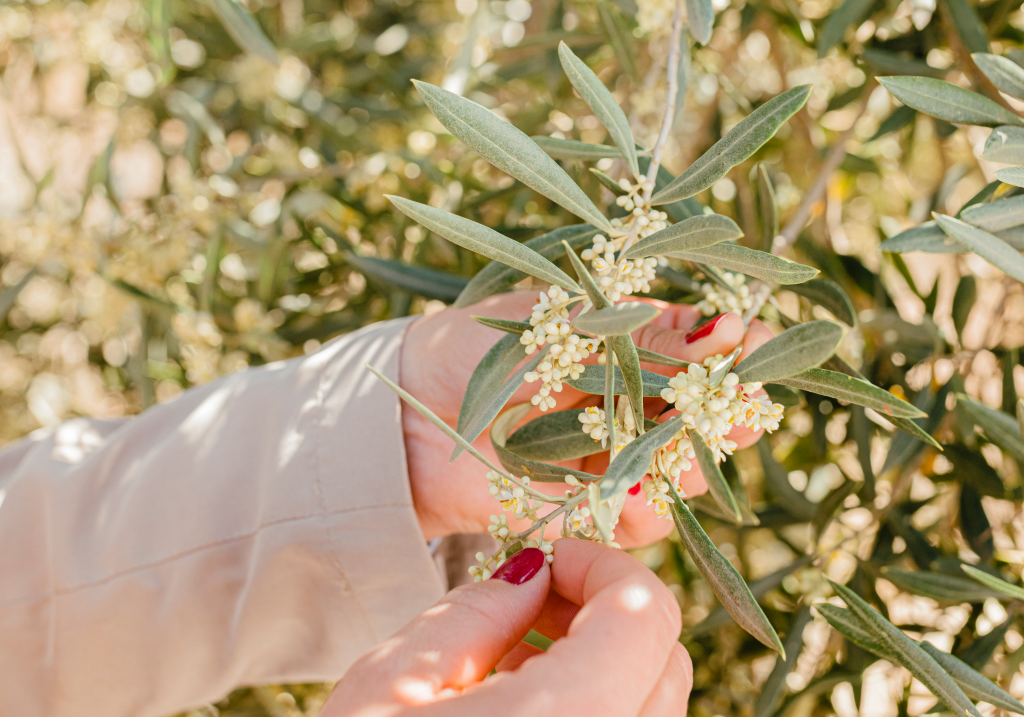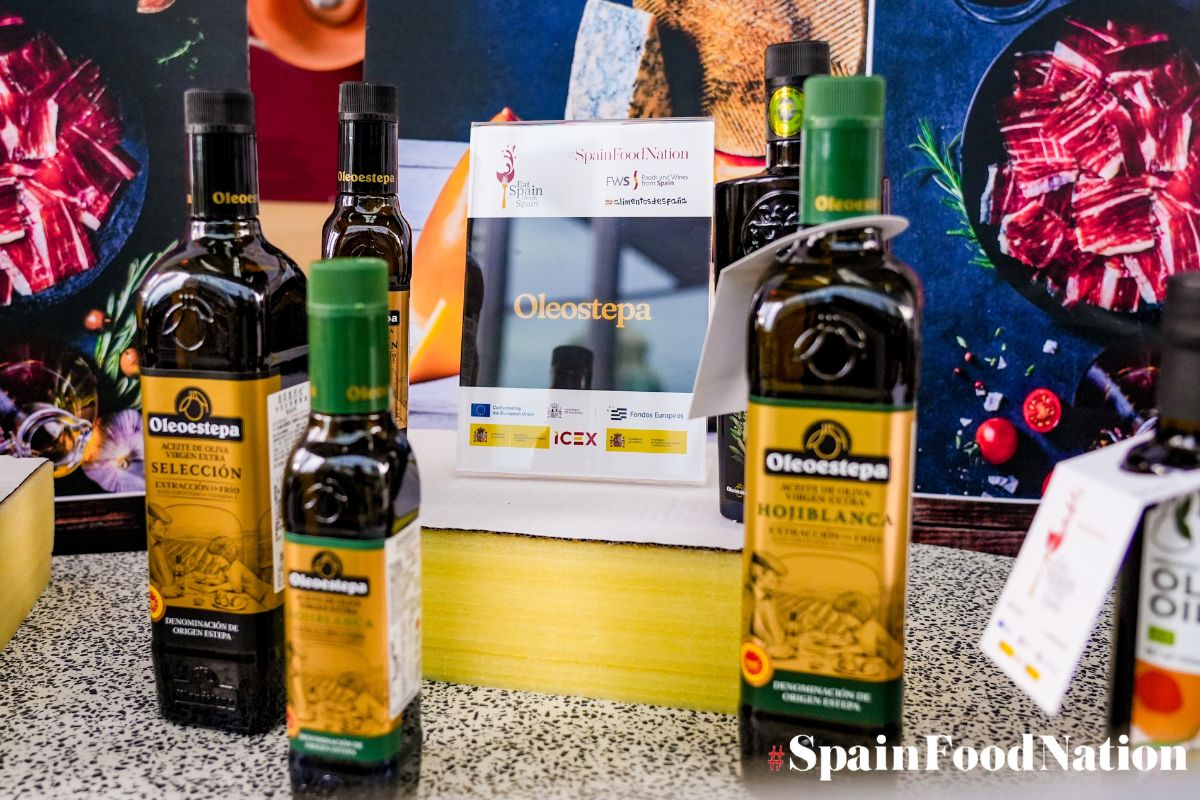If there is a crucial moment in the cultivation of olive trees, it is the flowering, since it powerfully determines the next harvest. If the flowering is poor or suffers from inclement weather, the next harvest will be scarce.
This stage in which the olive tree is covered with flowers is very beautiful but if you are allergic to its pollen, we try to explain why the pollen is in the air with this article.
What is the name of the olive blossom?
This question is very easy for crossword puzzle fans as it is a common word in this popular pastime. The name of the olive flower is rapa, although it is also known by the name trama. Strictly speaking, this name is the one used for the flower before opening. In some places it is also known by the word esquimo.
How does it flower?
The variety of the olive tree is a determining factor in the number of flowers contained in each bunch. It usually grows in clusters of 10 to 40 flowers. Its four petals are white in the shape of a cross and in the center it has a yellow-orange color, where the pollen is found.
There are three types of flowers. The male or staminiferous flowers only have stamens, making them incapable of reproduction, so they generate a large amount of pollen. On the other hand, there are the perfect or hermaphrodite flowers, in charge of producing fruit.
Although most olive trees are hermaphrodites, their pollen cannot fertilize their own flowers, nor those of nearby olive trees if it recognizes them as belonging to the same family. Hence, pollen grains must travel long distances to pollinate flowers of other olive trees. It also helps that it is very soft and sweet, thus seeking optimal pollination with the help of insects.
When is the flowering phase?
Given that the ideal temperature for flowering is around 18-20º C, the usual in a Mediterranean climate at the end of April or beginning of May. This process can vary greatly depending on the variety of olive tree.
The climatic conditions that occur during flowering can condition this phase of the olive tree. On many occasions, temperatures tend to rise when the olive trees are in bloom or there are heavy frosts and rains. This can cause a weakening of the flowers themselves, which will not germinate and produce olives.
Once the germination process begins, from the time the first flower appears until the last flower is fertilized and falls off, it usually lasts 3-4 weeks. Of all the flowers we see on an olive tree, only 2-3% of them will finish the phase. Until the time of ripening of its fruit, the olive, quite a few will still be lost as they transform into fruit. In short, the olive tree will only keep the ones that can develop properly, achieving healthy olives with which to produce excellent extra virgin olive oil.

The negative effects of pollen
It is common knowledge, and even more so among allergy sufferers, that olive tree pollen causes allergic symptoms. Congestion, itchy nose, throat and palate, conjunctivitis and asthma are the main symptoms that occur as an allergic reaction to olive blossom pollen.
And after the olive blossom, the olives.
With the blossom, the olive farming process begins. Prior to this, the tree has had to be optimally prepared. With the setting of the fruit, that is, the passage from flower to fruit, the care and supervision is maximum to achieve healthy and pest-free olives until the moment of harvesting, with which to obtain an extra virgin olive oil of the highest quality.




